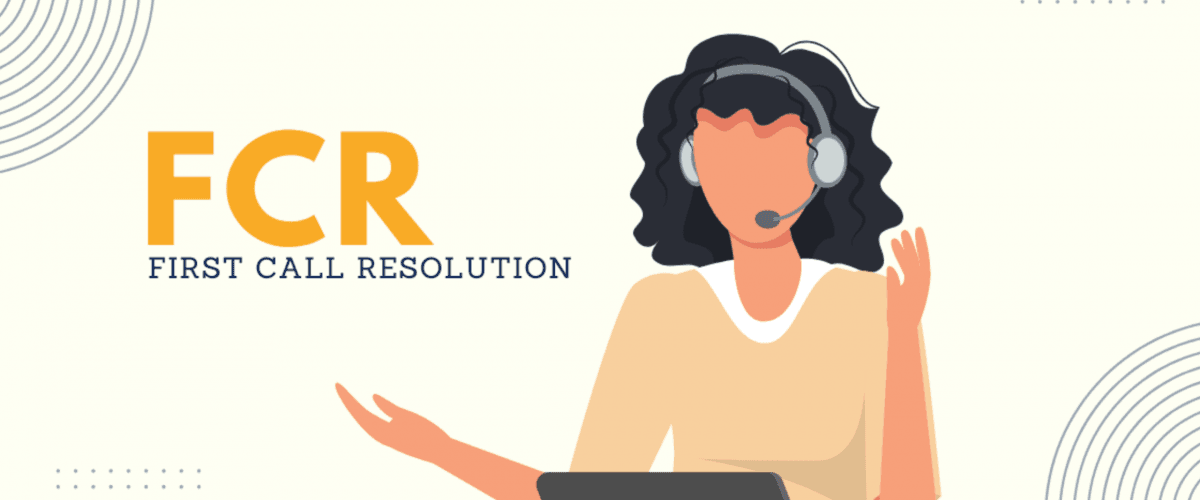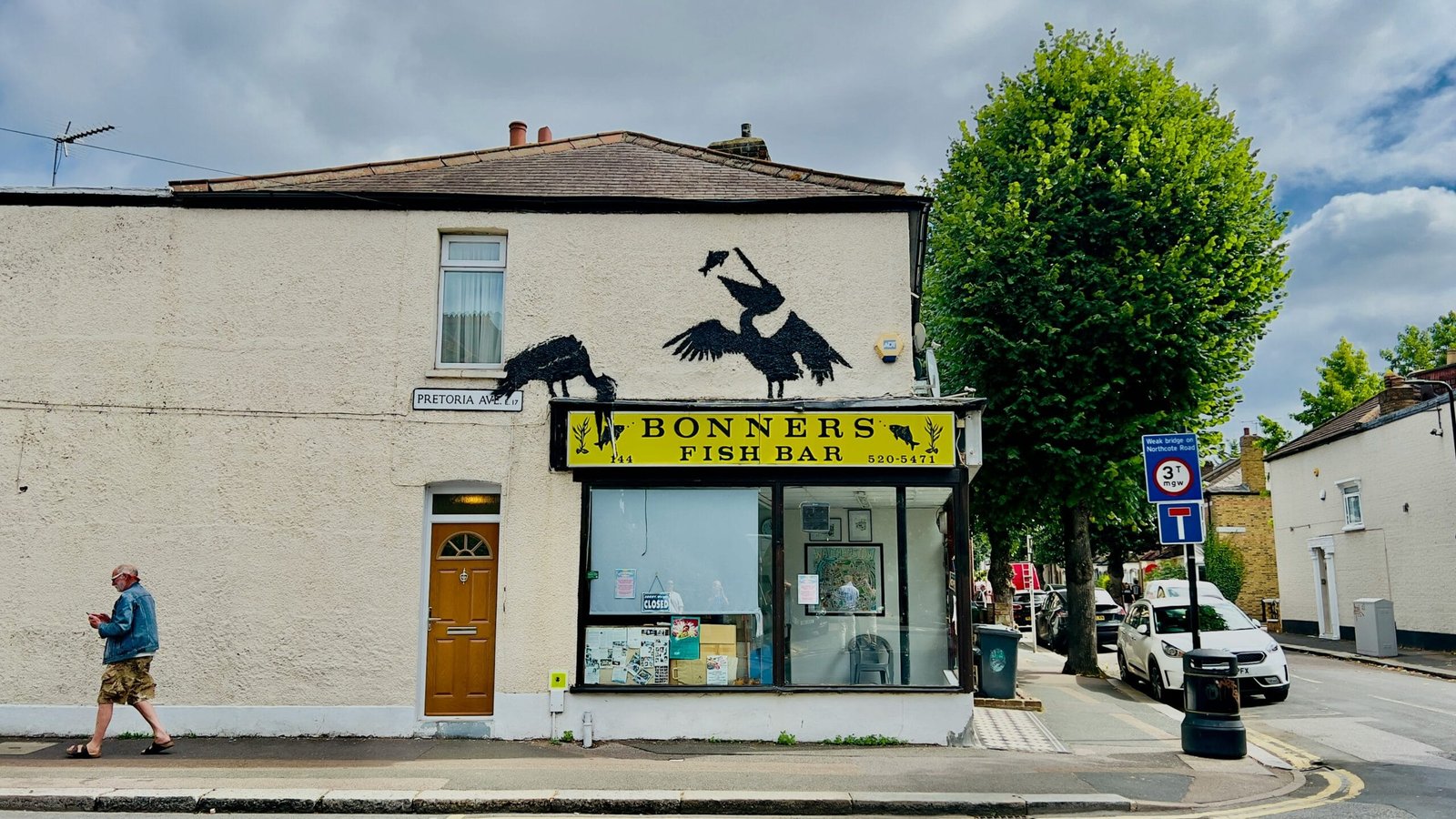What is First Call Resolution?
First Call Resolution (FCR) is a critical metric in customer service that measures the ability of a customer service representative to resolve an issue on the initial interaction with a customer, eliminating the need for additional follow-up calls. The significance of FCR lies in its direct impact on customer satisfaction and operational efficiency, making it a vital focus for any top call center in Ortigas.
An effective FCR entails a clear understanding of the customer’s inquiry, prompt identification of the underlying issue, and a resolution that satisfies the customer’s needs. To categorize a resolution as successful FCR, certain criteria must be met, such as the completeness of the solution and confirmation from the customer that their issue has been fully addressed. This definition underscores the importance of highly skilled representatives who can provide solutions across a diverse range of issues during the first contact.
Various types of inquiries can be effectively resolved in a single call, such as billing discrepancies, product inquiries, technical support questions, or service requests. The ability to handle these inquiries efficiently showcases the capabilities of a customer service team and highlights their commitment to customer satisfaction. Such proficiency not only enhances the customer experience but also streamlines operations, reducing costs associated with repeated contacts.
Measuring First Call Resolution rates offers businesses insights into their customer service performance. Higher FCR rates are often indicative of well-trained staff, effective processes, and a customer-centric focus. Conversely, lower rates may reveal areas needing improvement in staff training, resource availability, or operational procedures. Thus, understanding FCR is essential for organizations aiming to provide superior customer service and cultivate lasting customer relationships.
The Role of FCR in Customer Satisfaction
First Call Resolution (FCR) plays a pivotal role in enhancing customer satisfaction, with numerous studies demonstrating a direct correlation between FCR rates and overall customer experience. When a customer’s issue is resolved on the first contact, it not only alleviates their immediate concerns but also fosters a sense of trust and loyalty toward the service provider. Organizations that prioritize high FCR rates often report increased customer satisfaction metrics and stronger brand loyalty.
Research indicates that customers who experience high FCR levels are significantly more likely to recommend the service to others. According to a study conducted by the Customer Contact Council, nearly 70% of customers prefer to resolve issues via a single interaction. This efficiency reduces frustration and enhances the perception of service quality. Conversely, repeated calls can lead to dissatisfaction and a negative view of the brand, which is why striving for effective solutions during the initial contact is essential.
High FCR rates not only contribute to customer satisfaction but also enhance retention rates. Businesses that can resolve issues promptly on the first call tend to retain customers longer, as unresolved problems often lead to customer churn. A report from the American Express Customer Service Barometer reveals that 33% of customers would consider switching to a competitor after a single negative service experience, underscoring the need for effective resolution strategies.
Moreover, leading call centers, such as the top call centers in Ortigas, understand that training representatives to achieve high FCR is crucial for maintaining a competitive edge. These organizations often invest in technology and employee development to equip their staff with the skills required to handle inquiries efficiently. Consequently, managing first call resolution effectively translates to enhanced customer loyalty, improved brand reputation, and an overall positive impact on customer experiences and perceptions of service quality.
The Benefits of High First Call Resolution Rates
Achieving high first call resolution (FCR) rates is pivotal for organizations seeking to enhance their customer service efficacy. One of the foremost benefits associated with high FCR is substantial cost savings. When issues are resolved during the initial customer interaction, companies reduce the need for follow-up calls, thereby minimizing operational costs associated with call handling. This efficiency directly contributes to financial health and allows resources to be allocated to other critical areas within the organization.
Additionally, high FCR rates significantly reduce operational inefficiencies. Call centers, including those in regions like Ortigas, that prioritize FCR can streamline their processes. By focusing on resolving customer inquiries in a single interaction, businesses are better positioned to analyze and refine their service protocols, eliminating bottlenecks that can arise from handling multiple calls on the same issue. This leads to a more organized and effective service environment, thus improving overall performance.
Enhancing employee morale is another significant benefit of high FCR levels. When customer service representatives experience success in resolving customer issues on the first call, it fosters a sense of accomplishment. Employees are likely to feel more competent and valued, resulting in boosted morale and decreased turnover rates. Satisfied employees often translate to higher service quality, creating a positive feedback loop that benefits both staff and customers alike.
Lastly, high first call resolution rates contribute to improved service quality. Customers appreciate swift resolutions to their issues, which fosters loyalty and enhances the overall brand perception. As a result, organizations with high FCR not only elevate customer satisfaction but also position themselves competitively in the market. Ultimately, a strong emphasis on what is FCR (first call resolution)? can lead to enhanced business performance, translating into long-term success.
Strategies to Improve First Call Resolution
Improving First Call Resolution (FCR) is pivotal for businesses looking to enhance customer satisfaction while optimizing service efficiency. One of the foremost strategies to achieve higher FCR rates is through effective training programs for customer service representatives. Training sessions should focus on developing communication skills, product knowledge, and problem-solving techniques. By empowering representatives with the right tools and information, they are better equipped to address customer queries and resolve issues during the initial contact.
In addition to training, leveraging advanced tools and technologies for issue tracking plays a crucial role in improving FCR. Implementing customer relationship management (CRM) systems can help track customer interactions and their related issues. This not only enables representatives to access past interactions swiftly but also streamlines the process for resolving problems. Additionally, integrating artificial intelligence (AI)-based solutions can provide instant support and suggestions to agents, thereby reducing resolution times.
Another significant aspect is maintaining an up-to-date knowledge base. A robust knowledge management system equips customer service agents with the latest information regarding products, services, and common issues experienced by customers. This ensures that representatives can provide accurate solutions promptly, which is essential for high FCR rates.
Feedback mechanisms are vital in identifying barriers to FCR. Collecting data through customer surveys and analyzing it can reveal prevalent issues that hinder effective resolution. By addressing these common problems, businesses can refine their processes, identify knowledge gaps, and continually train staff to meet evolving customer demands.
Lastly, regularly reviewing and enhancing operational processes can lead to significant improvements in resolution efficiency. Process mapping and analysis can help identify bottlenecks and areas for optimization, thereby supporting the overall objective of achieving greater first call resolution success.



